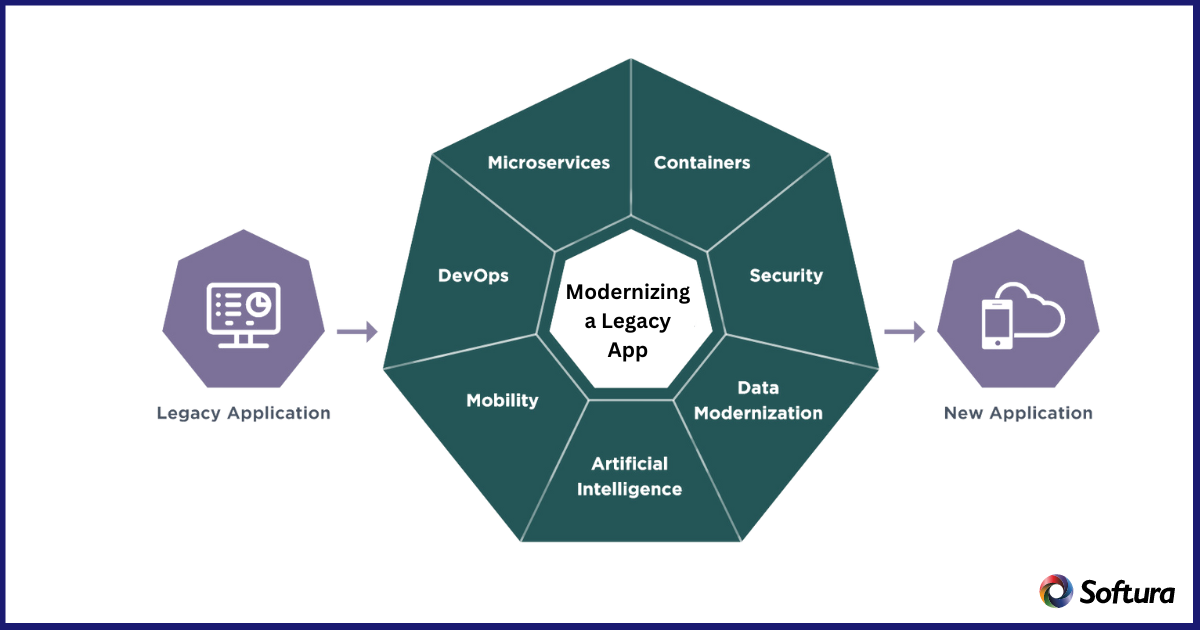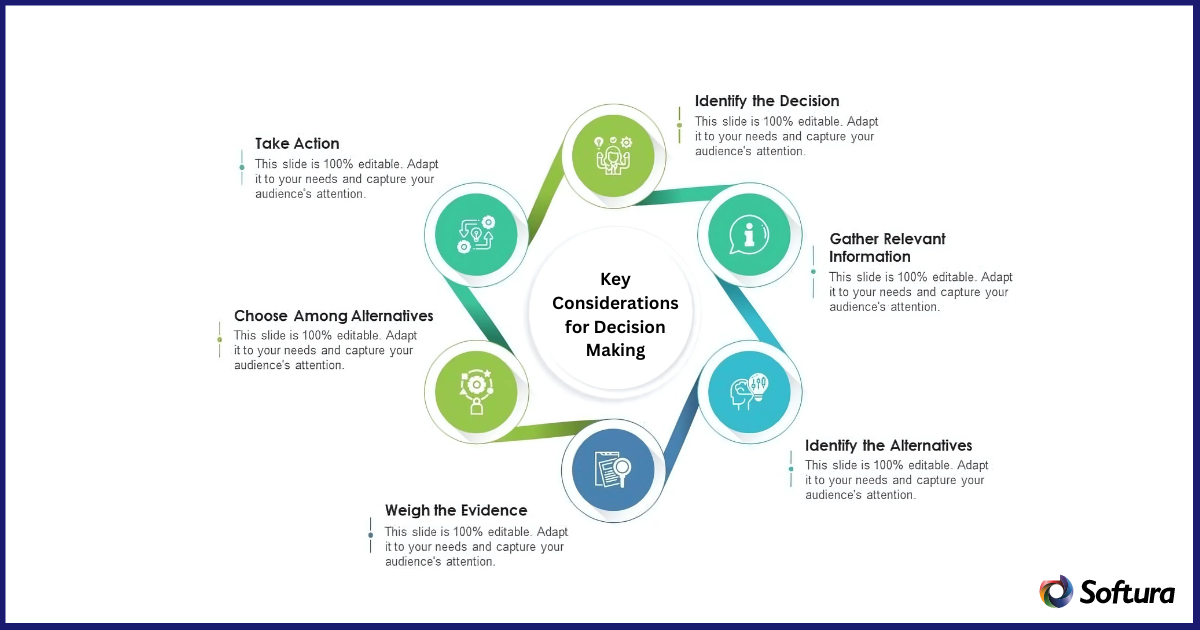"Our integration with the Google Nest smart thermostats through Aidoo Pro represents an unprecedented leap forward for our industry."
- Antonio Mediato, founder and CEO of Airzone.
One of the most important choices technology leaders must make is whether to build a new app from scratch or modernizing a legacy app. This is a hard choice because there are many possible outcomes, each with its own pros and cons.
This article talks about the issues and considerations that technical and management personnel have to consider when building a new app or legacy app modernization.
By breaking down this decision-making process, we hope to show businesses the right path to scale faster.
Creating a New App:
If you choose to create a new app, you don't have to deal with any current software, design, or system issues. Taking this route lets you use cutting-edge tools, modern design principles, and stay in line with your current business goals. This does, however, require a large amount of time, resources, and money.
Modernizing a Legacy App:
This method involves enhancing and altering a legacy app that might not fully meet today's business needs. It's an inexpensive method to make your software last longer and keep up with new technologies and user standards, but it might be hard to implement because the current coding and design aren't very flexible.
"Our integration with the Google Nest smart thermostats through Aidoo Pro represents an unprecedented leap forward for our industry."
- Antonio Mediato, founder and CEO of Airzone.

In 2024, the world of technology is marked by the need to change quickly and have a long-term view.
As cutting-edge technologies like artificial intelligence (AI), machine learning, and blockchain become more popular, they open up new ways to innovate in both building new apps and updating old ones.
In line with this trend, the Application Modernization Services Market, which was worth USD 19.8 billion in 2022, is expected to grow at a fast rate of over 10% CAGR from 2023 to 2032. This kind of growth shows how important it is to update old systems to keep up with the fast-changing needs of today's digital world.
The tech world is very active and always changing. Because of this, it's getting harder for tech leaders to decide whether to build a new app or modernizing a legacy app. It's becoming clear that a simple choice between two options is not the best way to go.
Often, a more complex, hybrid approach is better. Companies can get the best of both worlds by carefully changing some parts of an application and completely reworking others.
This way, they can make better use of their resources and get better results in a competitive market.
"By analyzing the data from our connected lights, devices and systems, our goal is to create additional value for our customers through data-enabled services that unlock new capabilities and experiences."
- Harsh Chitale, leader of Philips Lighting’s Professional Business.
Onboard dedicated Offshore App Developers
Develop Mobile application and integrate it into your business processes with Softura's dedicated offshore mobile app developers!
Business Goals and Objectives:
Your strategy goals should guide your choice. If you want to reach a new market, make innovative products, or change how you do business, starting over might be the best option.
Netflix's move from renting DVDs to streaming movies, for example, shook up the entertainment business. This shows how important it is to match mobile app development with business goals.
Budget Constraints:
Creating a new app usually costs more at first, but modernizing a legacy app can be cheaper because it uses assets that already exist. It's important to make sure that your budget matches your plan since buying a new legacy app could pay off in the long run by reaching new customers or enabling current customers to be much more interested in using it.
Technical Debt and Legacy Code:
Look at the technical debt that comes with your old app. If the current software is too complicated and hard to keep up to date, starting from scratch may be a better, more long-lasting option. Microsoft's move from Windows 7 to Windows 8 shows how to balance new ideas with the difficulties of managing old code.
Time-to-Market:
How quickly you need to get into the market can impact your pick. It may be faster to legacy app modernization, which lets you respond quickly to market needs. But if you have the time, making a new app could give you an edge over your competitors by being innovative.
User Base Feedback:
Think about how loyal your current users are and what they have to say. They might like a redesign more if it doesn't turn them off, but a new legacy app might be better if the business or target group changes. Iterative redesigns on Facebook show how important it is to change based on user comments while keeping a large user group.
Cost-Benefit Analysis:
Do a full analysis to compare the costs of software application development and management with the budget you could make and the benefits you'll have over competitors. Understanding the return on investment (ROI) for each choice will provide clarity about which one is the best deal

Softura, an established leader in application modernization services, has been driving innovation for over 25 years. As a Microsoft Certified Gold Partner, we bring a depth of proven expertise to every project, ensuring that your legacy app systems are transformed into modern, scalable applications.
With a dedicated team of over 450 engineers, we specialize in agile methodologies to ensure flexibility and adaptability throughout the modernization process.
Key attributes of Softura’s app modernization services include:
Contact us to schedule a free consultation with one of our experts and receive a customized app modernization plan designed to drive your business forward.
"Our integration with the Google Nest smart thermostats through Aidoo Pro represents an unprecedented leap forward for our industry."
- Antonio Mediato, founder and CEO of Airzone.
Are you ready for your next project?
Unlock your company's full potential with our comprehensive Software development services. Contact our experts today to discuss how we can drive your success together.